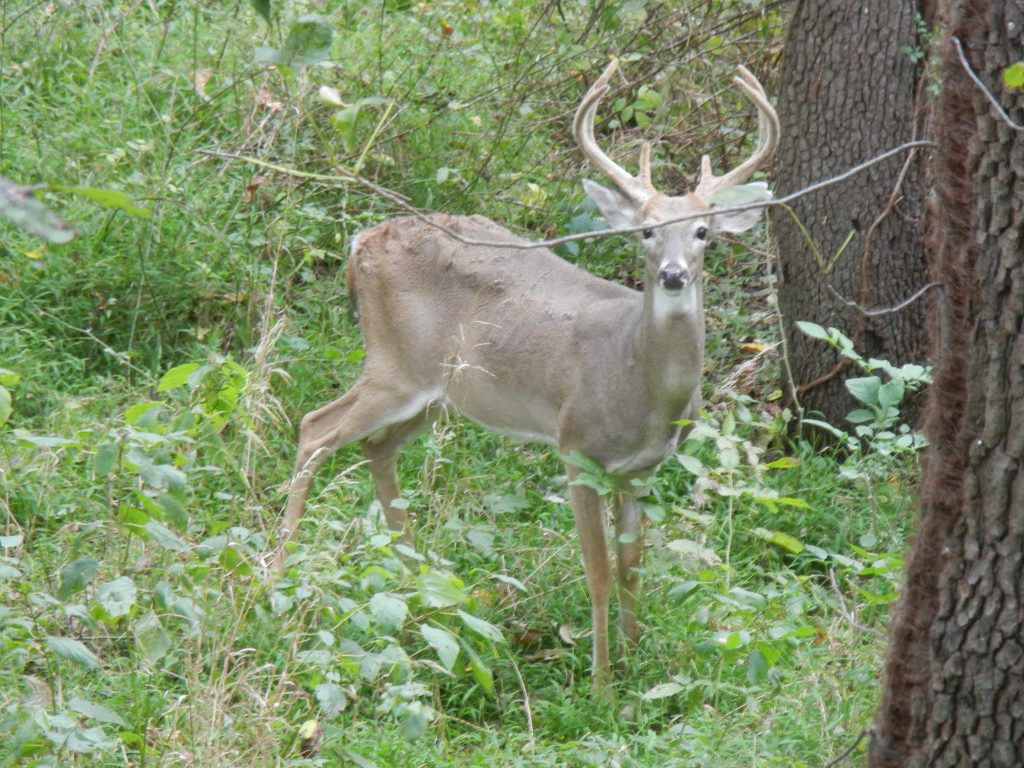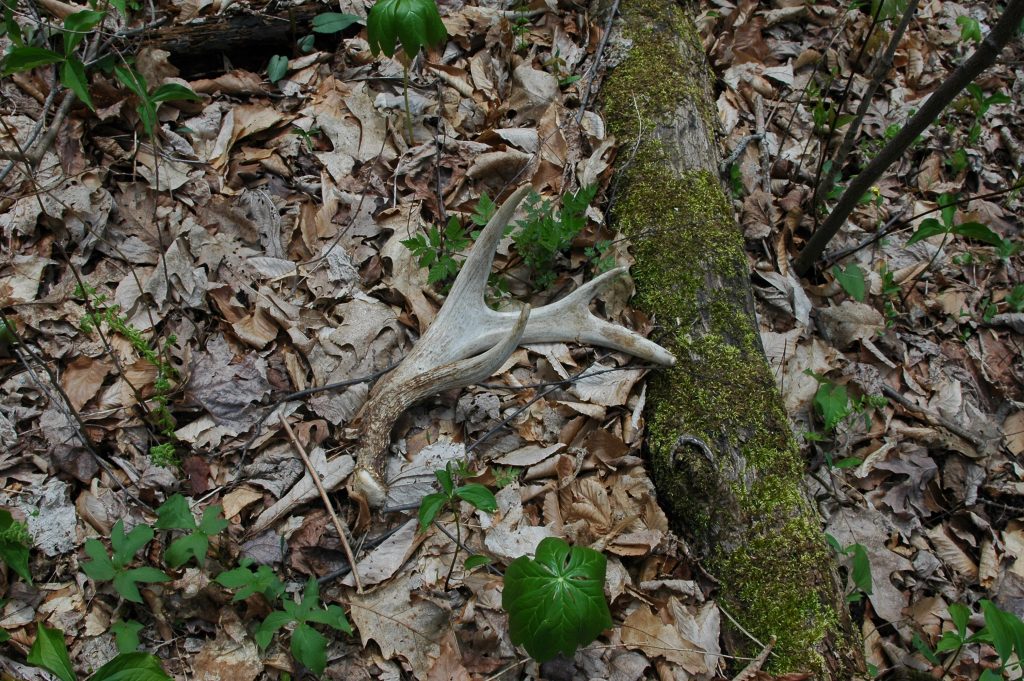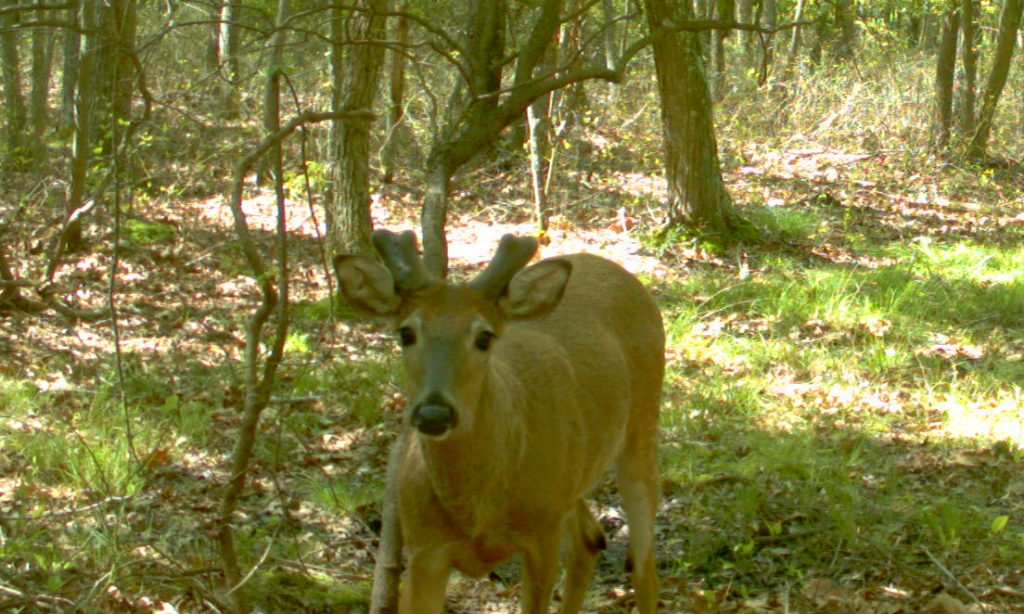Here I am again with another antler post. In a recent email exchanged with a colleague, he suggested that I am in the closet about my true feelings about antlers. That I really love them and need to deal with that truth.
I’ll admit my relationship with antlers is complicated and I probably need therapy to unpack it. I was reminded of this when I was forwarded an excerpt from National Geographic. It was a single paragraph about research suggesting a connection between antler growth and cancer. Me being me, I decided to sneak out of the closet and see what I could find.
I admit that I am fascinated by antlers but probably not for the same reasons as those that pursue them each hunting season. The process of completely regenerating bone in 160-170 days every year is astounding. A marvel of evolution!

This fascination is shared by others, of course. Hence the research into the genetic workings and evolution of this headgear. The publication prompting the Nat Geo blurb involved the genome sequencing of 44 ruminant species. Ruminants have evolved several distinct characteristics like multichambered stomachs, headgear, specialized dentition, and a wide range of body size variations. Widely distributed and valuable to human society (several key livestock species), much of their evolutionary history remains unknown. The “biologically exceptional, rapid regeneration ability of cervid antlers” resulted in a sister publication!
Here’s the thing. Deer antlers are the only completely regenerable organ found in mammals and have an extremely rapid growth rate. A growth rate that surpasses cancerous tissue growth, yet deer have low cancer rates. What is it in deer genes that are controlling and suppressing the cancer growing out of their head???
Let’s focus on regeneration first. Regenerating an organ would be super useful. Got a bad kidney, cirrhosis of the liver, heart disease, lose a toe – no worries, you can grow another. But Mother Nature knows best. Replicative senescence (the irreversible arrest of cell proliferation and the reason we can’t regrow organs) is an adaptive mechanism that reduces the possibility of mutagenesis and tumor formation. No regen = lower risk of cancer. I’m good with that trade-off.
Deer regenerate an organ (annually). In fact, gene expression profiles of antlers have a higher correlation with osteosarcoma (the most common type of bone cancer) than with normal bone tissue. Antlers = bone cancer. My feelings towards antlers just got more complex.
But cervids have cancer incidence rates that are ~5 times lower than other mammals. “This tentatively suggests that the precisely regulated cell growth regulators required for controlled rapid antler regeneration may confer protection against the development of cancers in cervids because of specific genetic changes relevant to cancer avoidance.” Indeed, many tumor suppressor genes are under positive selection and strongly expressed in antlers. These identified genetic mechanisms open the door to further research to understand just how cervids are able to pull this off. The humble deer genome may hold the cure for cancer.

Unraveling this riddle of rapid, controlled, and ultimately arrested cancer growth that is antlers will likely take longer than any of us want. The complexities of antler growth are still very much a mystery (Did you know that estrogen actually arrests antler growth at the cellular level, not testosterone?). And there are many examples of antler growth gone wrong.
So this is likely not my last post about antlers. I’m sure no one is surprised by this (not even me). Perhaps this is my therapy.
-Jeannine Fleegle
Wildlife Biologist
PGC Deer and Elk Section
